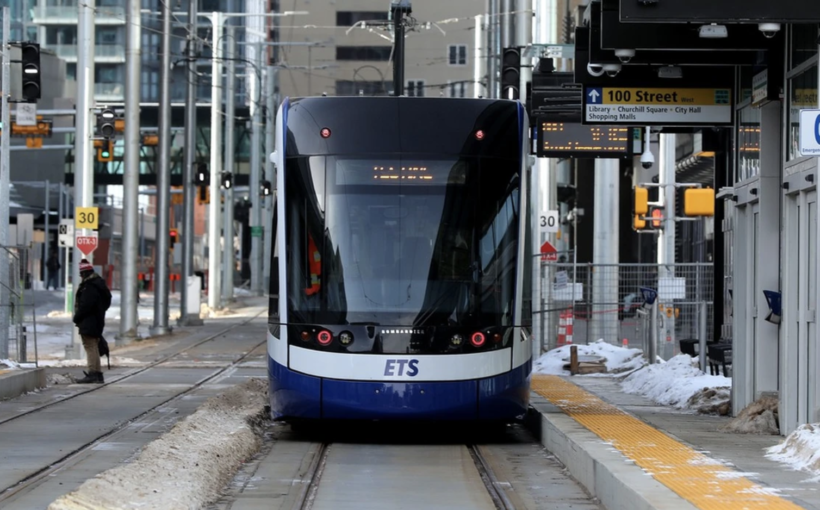National AccessAbility Week is May 26 to June 1. For many with a disability, we know this week was originally inspired by Rick Hansen’s Man in Motion World Tour 37 years ago. As a person who sustained a spinal cord injury and has used a manual wheelchair the past 46 years, I have seen so much progress made in our country to improve accessibility wherever we live, work, and play.
The number of accessible-parking placard holders has outgrown the number of accessible parking stalls in Edmonton and area the past few years. Service Alberta uses an antiquated form for physicians and other health-care professionals to review for their patient’s approval. These same health-care personnel do not make or take the time to thoroughly ask appropriate questions that best determine if an accessible-parking placard is a nice-to-have or a true need.
With the increased number of placard holders, there are times when a wheelchair or scooter user (a person unable to walk) cannot get an accessible parking stall at our city recreation centres, busier shopping centres, grocery stores, and medical offices. At times, we have no choice but to park in a regular stall a distance away from the main entrance.
The answer is not to change building code requirements for the city or businesses to increase the number of accessible stalls. With the expected growth in our aging population of people who are approved by their doctor or therapist for an accessible parking placard, more accessible stalls will be filled as quickly as they are made.
I have been in touch with Mayor Amarjeet Sohi with a request to pilot improved and safer parking for those accessible-placard holders who use a wheelchair or scooter. My suggestion to city council is to reserve parking stalls closest to the main entrance of businesses (to start, one stall for smaller business and two stalls for busier locations).
Simply add a coloured sign that reads, “This Stall Reserved for Wheelchair/Scooter Patrons.” By reserving a couple stalls closest to main entrances, wheelchair and scooter users can be guaranteed safe accessible parking. I believe accessible- placard holders who do not use a wheelchair or scooter will understand this need and will respect who these reserved stalls are for.
When I first obtained an accessible parking placard 45 years ago, the Spinal Cord Injury Alberta office made the decision to issue a placard or not. At that time, some persons with minor disabilities were not approved. If one was able to walk more than 50 metres unassisted (without crutches), they were not approved.
The eligibility was based on use of a wheelchair. It was believed to be progress to hand over this important application process to the provincial government and vehicle registries. It is time for our government to review the placard application process and tighten up the eligibility and disability definitions, so the responsibility for placard assessment is clearer for busy doctors and therapists.
To have an accessible-parking placard is a privilege and not an entitlement. There is responsibility on placard holders to ensure the rules that go with having a placard are followed. There is responsibility on the city and places of business to ensure parking is accessible and safe for all. As we celebrate persons with disabilities during this year’s National AccessAbility Week, let’s ensure progress is made in this area soon.


